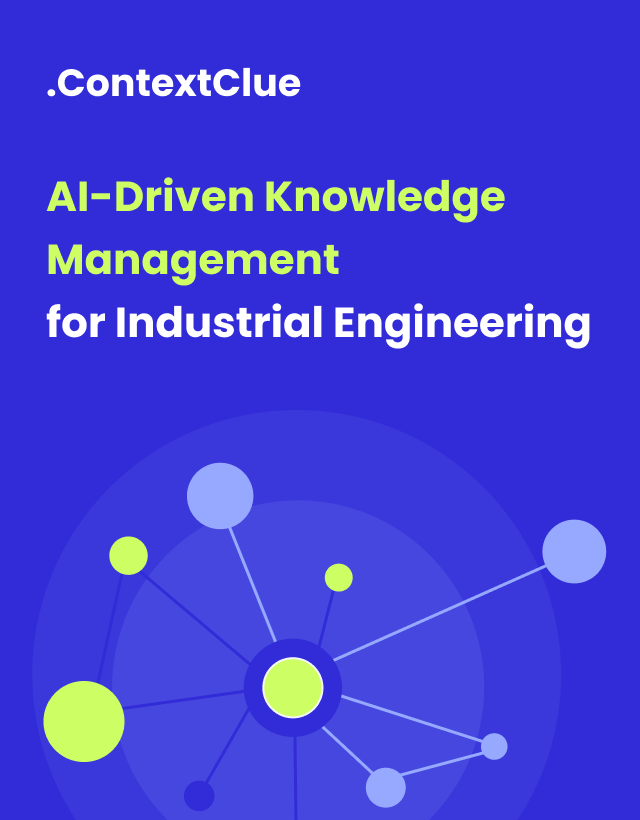
February 27, 2023
What is Fine-Tuning in NLP?
Author:

CEO & Co-Founder
Reading time:
3 minutes
Fine-tuning allows NLP models to adapt pre-trained language models for specific tasks, saving time and resources while improving performance. This guide explores fine-tuning techniques, challenges, and practical applications.
Key Takeaways
- Fine-tuning enhances pre-trained NLP models for domain-specific tasks, improving accuracy and efficiency.
- Techniques include task-specific modifications, domain adaptation, and knowledge distillation.
- Pre-trained models like BERT, GPT-3, and XLNet can be fine-tuned for applications such as text classification, sentiment analysis, and machine translation.
- Challenges include data selection, overfitting, and preprocessing issues, which require careful handling.
What is Fine-Tuning in NLP?
Fine-tuning, a form of transfer learning, optimizes large pre-trained language models for domain-specific tasks. Instead of training from scratch, developers adjust model parameters using smaller, targeted datasets to improve performance.
For example, a generic English language model can be fine-tuned for legal or medical applications by training on domain-specific texts.

Techniques Used to Fine-Tune NLP Models
- Task-Specific Architecture Modification – Adjusting a model’s structure to better suit a new task, such as modifying a text classifier for language modeling.
- Domain Adaptation – Training a pre-trained model on a smaller, domain-specific dataset to enhance its effectiveness in a particular field.
- Knowledge Distillation – Transferring knowledge from a large model to a smaller one by mimicking its probability distributions, improving efficienc

Popular Pre-Trained Models for Transfer Learning

- BERT – Excels at understanding word context in sentences, suitable for sentiment analysis, named entity recognition, and question-answering.
- GPT-3 – A powerful model with 175 billion parameters, capable of text generation, translation, and summarization.
- XLNet – Uses a permutation-based training method, improving language comprehension and supporting applications like classification and translation.
![]()
Read more about The best NLP model GPT alternatives
![]()
Use Cases of Fine-Tuning NLP Models
- Text Classification – Categorizing text for applications like spam detection and sentiment analysis.
- Named Entity Recognition (NER) – Identifying entities such as names, locations, and organizations.
- Question-Answering Systems – Enhancing AI assistants and customer service automation.
- Machine Translation – Improving language translation for more accurate multilingual communication.
- Sentiment Analysis – Analyzing customer feedback, reviews, and social media sentiment.
Challenges in Fine-Tuning NLP Models
- Data Selection & Preprocessing – Choosing high-quality, domain-relevant data is critical for effective model adaptation.
- Overfitting & Underfitting – Overfitting occurs with excessive domain-specific data, while underfitting results from insufficient training. Techniques like regularization and early stopping mitigate these risks.
Conclusion
Fine-tuning is a powerful way to adapt pre-trained NLP models for specialized tasks, improving efficiency and accuracy. By selecting the right techniques and addressing challenges, businesses can leverage NLP for better insights and automation.
Category:





